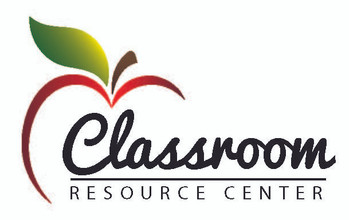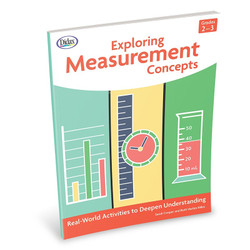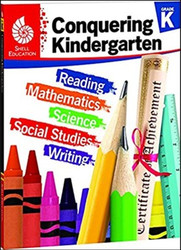By: Sandi Cooper and Ruth Harbin Miles
Primary children are expected to learn to count, add/subtract, and solve simple word problems in mathematics. So why must a focus at this level also include measurement concepts and skills? Obviously, measurement is of great importance in our daily lives. Those who have worked with K-3 students know that measurement topics are not easy for many children to understand. Measurement must be a focus at the primary level because students need a wide variety of conceptual experiences to make sense of what they are learning; this emphasis prepares them for later work in mathematics.
In these early grades, children should have the opportunity to develop three big ideas in measurement that will continue to develop as measurement concepts become more complex. These big ideas include units, partitioning, and zero point.
Units: Children need to develop an understanding that the process of measurement requires “continuous” counting, not discrete counting. They also need to understand that units need to be identical and use the process of iteration (reusing the unit repeatedly) across the distance or object being measured without leaving any gaps.
Partitioning: Children need to develop an understanding that sometimes the total measurement may not be in whole units and a part of a unit should be used for a more accurate measurement.

Zero Point: When measuring, it’s important for children to understand that you begin from point of origin to an end point and that any point can serve as “zero point” on the scale.
In the Exploring Measurement Concepts books, both for grades K-1 and 2-3, these big ideas are further explored. Each book includes an assessment appropriate for determining the developmental level of children’s understanding of these big ideas in measurement. These books provide activities that teachers want and students need, focusing on the following foundational ideas:
Understanding and applying the measurement concepts of length, time, weight/mass, volume/capacity, temperature, and area. Children learn that objects have measurable properties, developing the meaning for “how long?”, “how tall?”, “how heavy?” or “how light?” and using terms of comparison (longer, heavier, shorter, wider, etc.). They measure with a variety of tools, tell time, weigh objects, find temperatures, and work with volume and area.

Discovering measurement is never exact and practice making measurement estimates. Students learn that measurement is never exact and that our most careful estimates are only approximations. They practice determining when their measurements are close enough.
Using appropriate tools for measurement. At first, students use a variety of non-standard objects for measuring (paper clips, straws, pencils, snap cubes, etc.). After they understand and are able to use single units of measurement, they begin working with common measuring tools. They learn to select the appropriate standard unit of measure needed for specific applications.

Applying correct measurement vocabulary to communicate. The more children hear and talk about measurement terms they experience in hands on measurement activities, the more students increase their understanding of the words. Knowing measurement vocabulary improves all areas of communication — listening, speaking, reading and writing.
Why must measurement be a focus for Grade K-3 students? The study of measurement will apply directly to students’ daily lives and they need multiple opportunities and experiences to apply the mathematics they are learning. Providing opportunities for children to develop a conceptual understanding of the three big ideas will plant the seed for a strong conceptual foundation, moving them forward to a better understanding of more complex measurement concepts.







